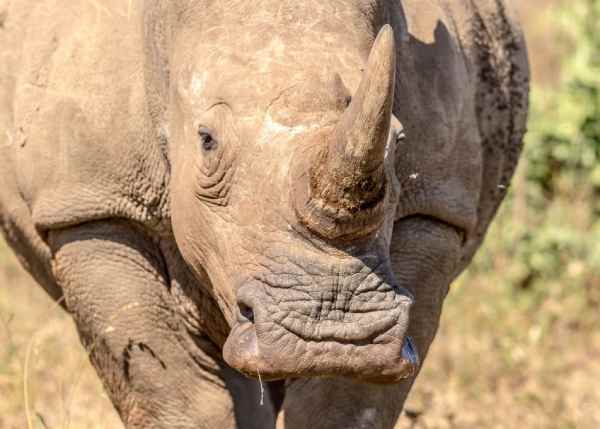In the unforgiving arena of the animal kingdom, where predators and dangers lurk at every turn, some remarkable creatures have evolved astonishing adaptations that seem almost otherworldly. From impenetrable armor to built-in shields, these animals have earned the moniker “bulletproof” in the world of biology. Join us on an exhilarating journey through the pages of nature’s playbook as we uncover the incredible stories and strategies of these resilient beings.
In this article, we’ll delve into the fascinating world of bulletproof animals, exploring the various mechanisms they employ to fend off threats and survive in some of the harshest environments on Earth. From the seemingly invulnerable pangolins with their scaly armor to the robust and armored armadillos, we’ll unlock the secrets behind their astonishing abilities.
These creatures showcase the awe-inspiring power of evolution and adaptation, reminding us that in the animal kingdom, survival often depends on having the ultimate form of protection. Prepare to be amazed by the ingenuity of these bulletproof animals and the lessons they offer for our own understanding of resilience in the face of adversity.
Brief Overview of the Concept of “Bulletproof Animals”
Bulletproof animals are a captivating group of creatures celebrated for their remarkable adaptations designed to enhance their chances of survival in the wild. These adaptations often serve as natural forms of armor, protecting them from predators and environmental hazards. Some well-known examples include the armored armadillo, with its tough, bony plates, and the pangolin, covered in scales resembling armor.
Bulletproof animals come in a variety of shapes and sizes, and each has evolved unique features that allow them to thrive in their respective ecosystems. Understanding the concept of bulletproof animals not only offers insights into the fascinating world of biology but also highlights the incredible diversity of life on Earth. These adaptations showcase the endless creativity of evolution and remind us of the astonishing resilience of the animal kingdom.
Arthropods (Horseshoe Crabs):
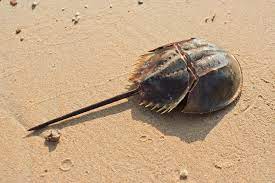
Arthropods, epitomized by the ancient horseshoe crab, exemplify the concept of living shields. Horseshoe crabs’ chitinous exoskeletons and distinctive horseshoe-shaped carapaces serve as formidable armor, enabling them to thrive in the intertidal zones while deterring potential predators. These arthropods, with their astonishingly resilient design and lineage dating back millions of years, embody the essence of armored marvels within the animal kingdom.
Reptiles (Sea Turtles):

Reptiles, represented by the sea turtle, showcase the concept of thick hides and skin as a robust defense strategy. Sea turtles’ leathery skin and strong carapaces are their natural armor, protecting them from the rigors of ocean life and predators. These resilient reptiles demonstrate the effectiveness of having a tough exterior in the relentless marine environment, making them enduring icons of survival.
Pangolins:
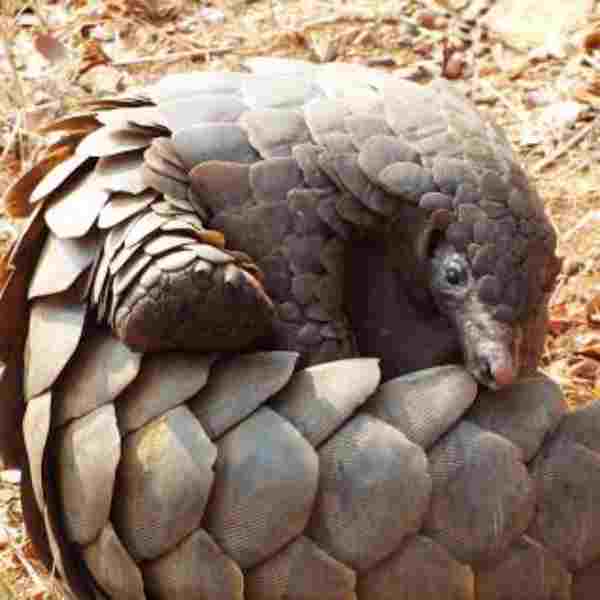
Pangolins, with their armor of scales, are prime examples of bulletproof animals. Their keratinous scales provide exceptional protection against predators, underscoring the concept of living shields. These unique creatures serve as a testament to the remarkable diversity of defensive adaptations in the natural world, reflecting the ingenuity of evolution.
Rhinoceros:
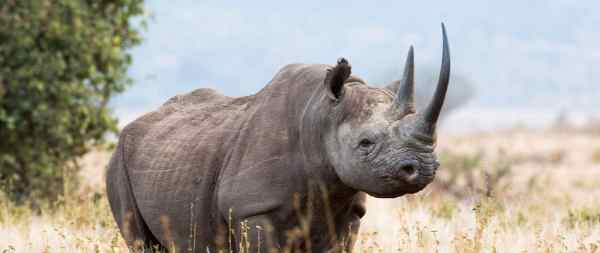
Rhinoceroses, known for their thick hides and formidable size, are the embodiment of being tough on the outside. Their leathery skin acts as a shield against threats, while their massive presence is a deterrent to would-be predators. Rhinoceroses exemplify the idea that sometimes, a robust exterior is the best defense against a challenging world.
Pufferfish:
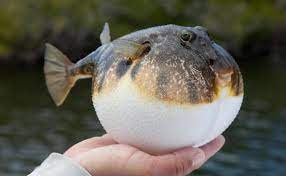
Pufferfish, alongside lobsters and sea urchins, are examples of bulletproof animals in the aquatic realm. Pufferfish, in particular, employ a unique defense strategy, inflating their bodies into spiky spheres to deter predators. These adaptations demonstrate how underwater creatures have evolved to thrive in challenging aquatic environments.
Lobsters:
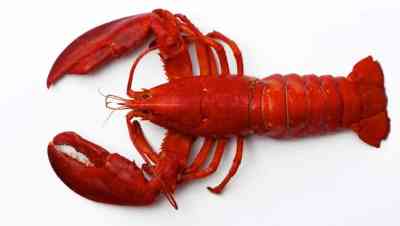
Lobsters, with their robust exoskeletons and strong claws, exemplify the concept of living shields in the ocean. Their formidable armor provides protection from both predators and the abrasive underwater terrain, showcasing the adaptability of marine life.
Sea Urchins:
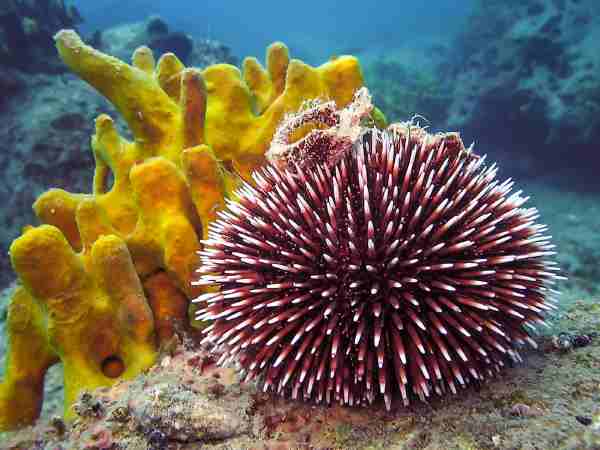
Sea urchins, featuring spiky exoskeletons, are fascinating bulletproof animals of the ocean. Their intricate armor offers defense against potential threats and allows them to navigate the unpredictable undersea world with resilience.
Owls:

Owls, with their feathered defenses, represent bulletproof birds in the avian realm. Their silent flight and specialized feather structures contribute to their ability to outmaneuver predators and silently capture prey, highlighting the importance of feathers as multifunctional adaptations.
Porcupines:
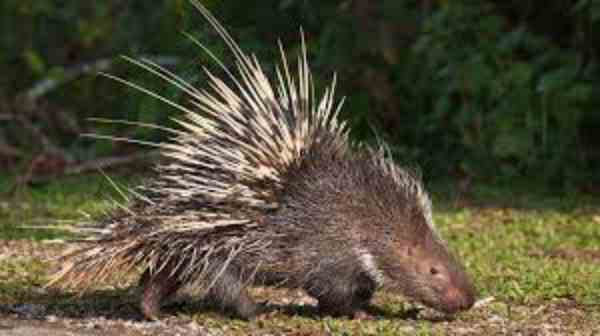
Porcupines, with their quilled armor, are quintessential examples of bulletproof animals with feathered defenses. Their impressive array of sharp quills serves as a formidable deterrent to predators, showcasing the remarkable protective features of these creatures.
Stick Insects and Leaf-Tailed Geckos:
Stick insects and leaf-tailed geckos, with their camouflage and mimicry behaviors, exemplify the concept of beyond physical armor. These creatures use their ability to blend seamlessly into their surroundings, demonstrating that survival strategies extend beyond physical defenses.
Meerkats:

Meerkats, with their cooperative and vigilant behavior, represent the concept of beyond physical armor in the animal kingdom. Their social structure and lookout system provide them with enhanced protection against predators, showcasing the importance of behavioral strategies in survival.
African Buffalo:
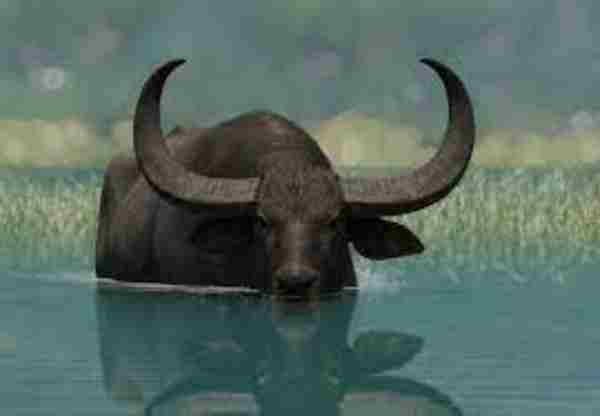
African buffalo, known for their robust build and group defense tactics, embodies the concept of beyond physical armor. Their formidable herds and collective defense behaviors serve as powerful deterrents to predators, highlighting the significance of teamwork and behavioral adaptations.
Importance of Understanding Animal Adaptations for Survival
Studying animal adaptations for survival is vital for several reasons.
Firstly, it provides us with a deeper appreciation of the intricate relationships between species and their environments. By understanding how animals have evolved to thrive in specific niches, we gain insights into the delicate balance of ecosystems and how human activities can disrupt them.
Secondly, knowledge of these adaptations is crucial for conservation efforts. When we comprehend the unique features that allow certain species to survive, we can design more effective conservation strategies to protect them from threats like habitat loss and climate change.
Lastly, understanding animal adaptations inspires biomimicry, where humans draw inspiration from nature’s designs to solve engineering and technological challenges. In essence, delving into the world of animal adaptations not only enriches our understanding of the natural world but also informs our efforts to protect it and improve our own technology.
The Armored Marvels of the Animal Kingdom:
Within the vast tapestry of the animal kingdom, a remarkable group of creatures stands out – the armored marvels. These exceptional beings have evolved a variety of ingenious strategies to protect themselves from predators, environmental challenges, and adversities of all kinds.
From the ancient and enigmatic horseshoe crab with its tough exoskeleton to the tenacious armadillo and its bony armor, these creatures have developed an impressive array of defensive adaptations. The armor they wear is not just for show; it’s a testament to the extraordinary ways in which nature can provide the ultimate defense.
Scales and Plates: Living Shields:
In the natural world, some animals have evolved incredible protective adaptations in the form of scales and plates. These living shields, often made of hardened keratin or bone, serve as armor against predators and environmental hazards. From the scaly armor of pangolins to the sturdy plates of armadillos, these animals demonstrate the incredible diversity of defensive structures that have arisen through evolution. Scales and plates not only offer protection but also serve as fascinating examples of how organisms adapt to the challenges of their environments. I
Thick Hide and Skin: Tough on the Outside:
Nature has a way of providing its denizens with remarkable armor, and one of the most prevalent forms of protection is found in the thick hide and skin of various animals. These robust coverings act as a tough outer layer, shielding creatures from predators, extreme weather, and abrasions.
Thick hides can be found in a diverse range of animals, from the mighty rhinoceros to the hardy hippopotamus. In this exploration, we will delve into the world of thick hides and skins, uncovering the reasons behind their development, the unique adaptations that accompany them, and the essential roles they play in the survival of these formidable beings.
Bulletproof Animals of the Aquatic World:
While we often associate bulletproof animals with terrestrial species, the aquatic world is also home to some incredible examples of natural armor. From the heavily armored sea turtle to the spiny exteriors of marine creatures like the sea urchin, these underwater marvels have developed ingenious defenses to thrive in their aqueous realms.
In this exploration, we will dive into the fascinating world of bulletproof animals of the aquatic world, unraveling the adaptations that make them virtually impervious to threats and allowing them to navigate the challenges of their underwater environments with grace and resilience.
Bulletproof Birds: Feathered Defenses:
In the realm of bulletproof animals, birds are often celebrated for their remarkable feathered defenses. Feathers, once thought of solely as tools for flight, have evolved into multifunctional structures that provide both protection and insulation. From the armor-like feathers of the ostrich to the impenetrable plumage of the porcupine, birds showcase a diverse range of adaptations that contribute to their survival.
Beyond Physical Armor: Behavioral Strategies:
While physical armor-like scales, plates, and hides is essential for many bulletproof animals, some creatures have developed equally ingenious behavioral strategies for survival. These behaviors include mimicry, camouflage, and evasion techniques that enable them to escape threats without relying solely on physical defenses. In this exploration, we will venture into the realm of behavioral strategies, uncovering the clever tactics employed by these animals to outwit their adversaries and thrive in challenging environments.
The Future of Bulletproof Animals:
As we delve deeper into our understanding of bulletproof animals and their incredible adaptations, we are presented with opportunities and challenges for the future. Conservation efforts must prioritize the protection of these remarkable creatures and their habitats, as many face threats from habitat loss, climate change, and poaching.
Additionally, the study of bulletproof animals continues to inspire innovations in materials science and technology, offering potential applications in fields such as engineering and medicine. The future of bulletproof animals is not just a matter of scientific curiosity but also a testament to the interconnectedness of all life on Earth and our responsibility to ensure their survival and the preservation of biodiversity.
Final Words:
In the enchanting world of bulletproof animals, we have embarked on a captivating journey through the extraordinary adaptations that enable these creatures to thrive and survive in a challenging world. From scales and plates to thick hides, from the aquatic depths to the skies above, and from physical armor to behavioral strategies, nature’s ingenuity knows no bounds.
These remarkable beings are a testament to the power of evolution and the wonders of the natural world. As we contemplate the future of bulletproof animals, we are reminded of our responsibility to protect these living treasures and to continue exploring the mysteries of life on Earth. In understanding and celebrating these creatures, we gain not only knowledge but also a deeper appreciation of the interconnected web of life that sustains us all.
Reference:
- https://www.discoverwildlife.com/animal-facts/mammals/are-any-animals-bulletproof/
- https://www.quora.com/Which-animals-are-best-suited-to-survive-a-gunshot
- https://www.nationalgeographic.com/animals/article/animals-armor-bioinspiration

Rahul M Suresh
Visiting the Zoo can be an exciting and educational experience for all involved. As a guide, I have the privilege of helping students and visitors alike to appreciate these animals in their natural habitat as well as introducing them to the various aspects of zoo life. I provide detailed information about the individual animals and their habitats, giving visitors an opportunity to understand each one more fully and appreciate them in a more intimate way.

